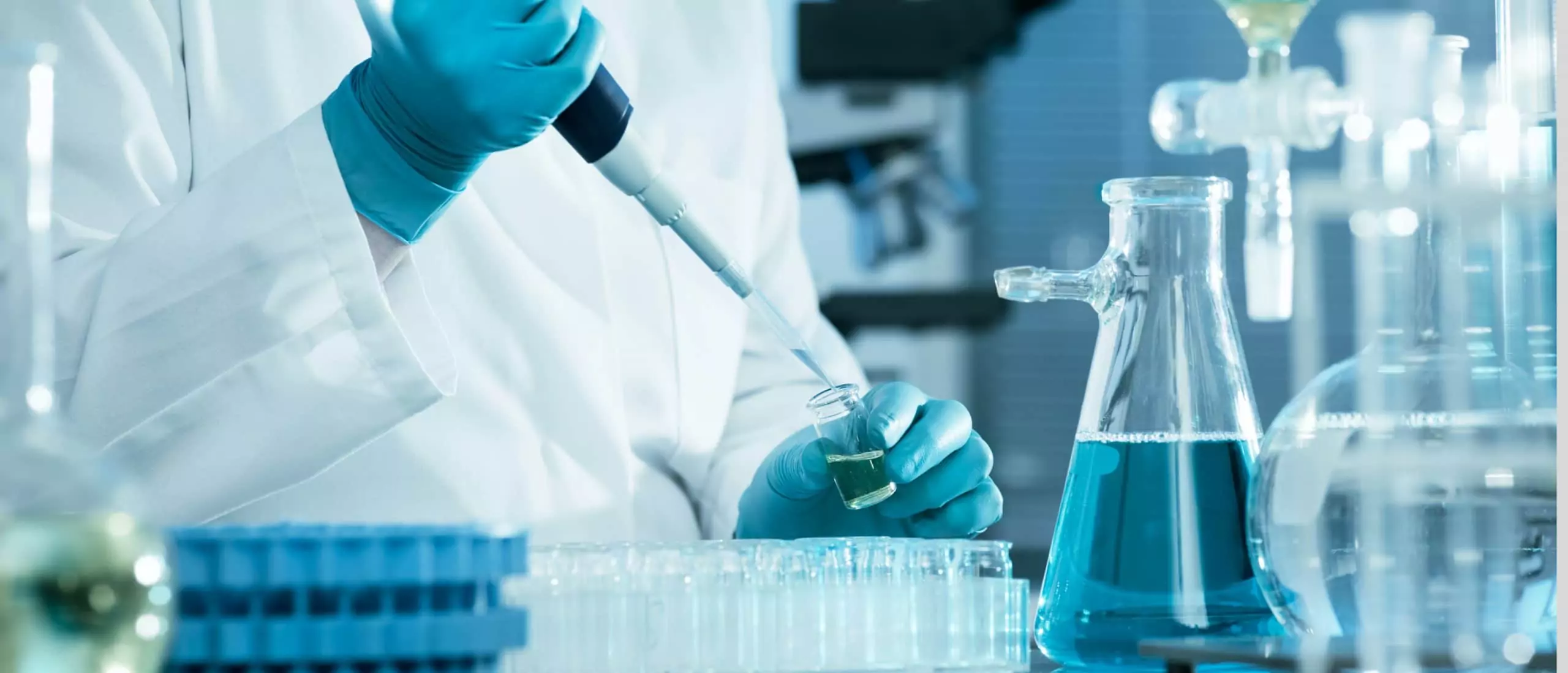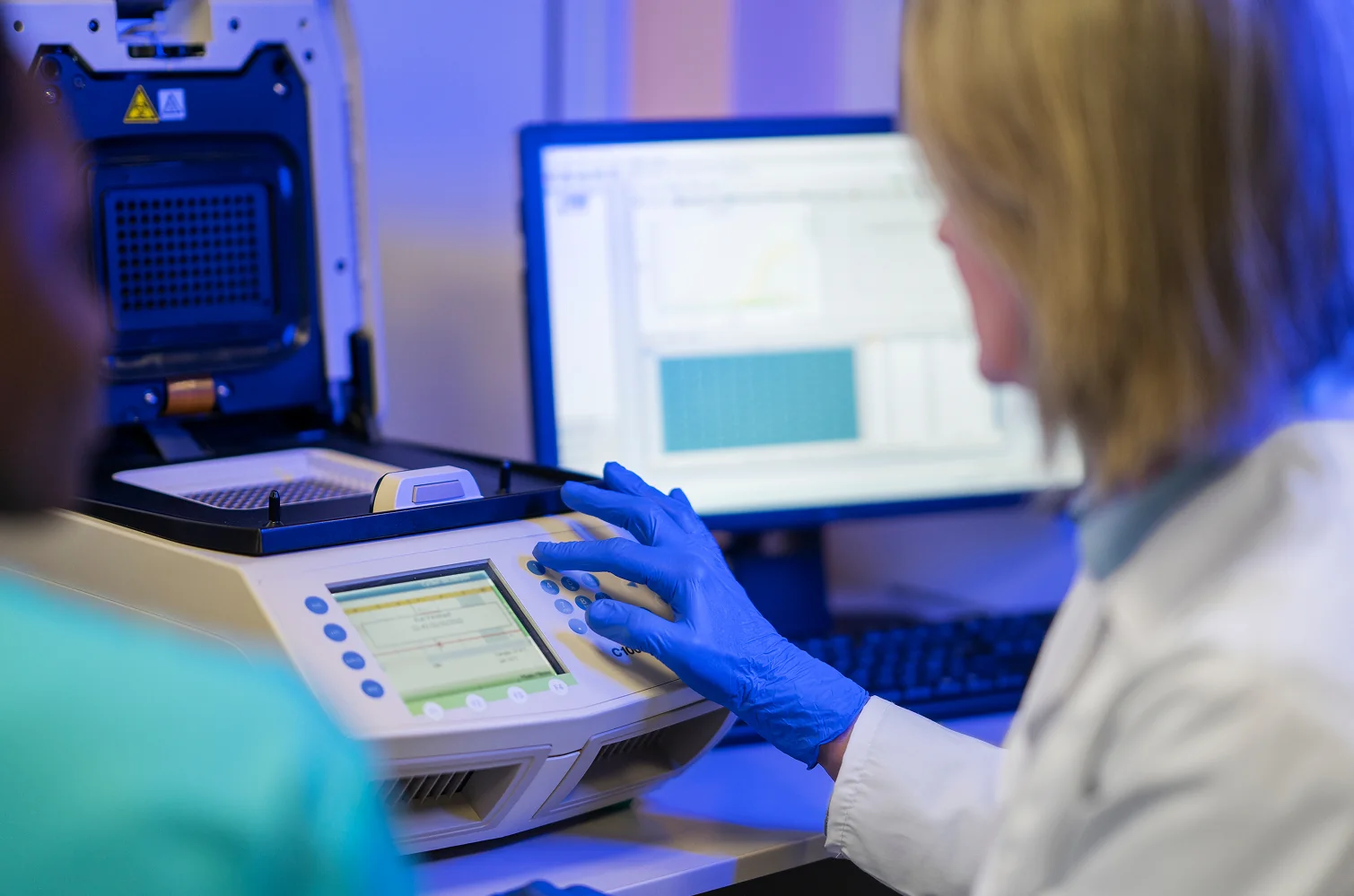Counting bacterial colonies is a fundamental task in microbiology, which is currently performed manually in most laboratories. This is a time-consuming and error-prone process, which requires a trained professional.
As one of our internal R&D projects, partially funded by The National Centre for Research and Development, we work on a library for automatic identification and classification of bacterial colonies based on RGB images of Petri dishes. Our deep learning methods allow us to detect and count different types of microorganisms with high accuracy and can be easily integrated with lab automation software or used as a standalone application.





